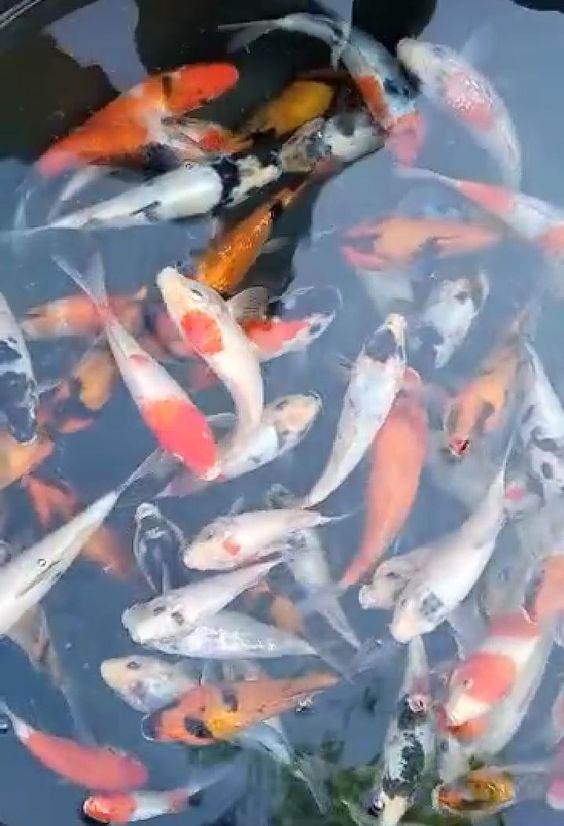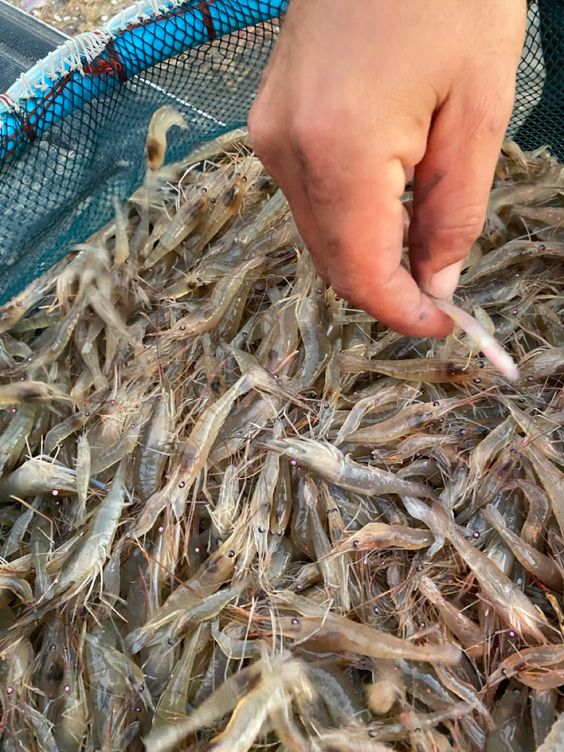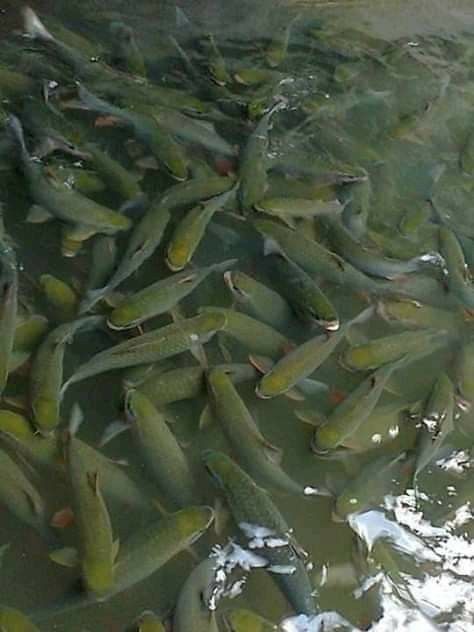Fisheries Resource Management: Ensuring a Sustainable Future for Our Oceans
Fisheries Resource Management are a vital part of our planet’s health and a crucial source of food and income for millions of people worldwide. However, the ever-growing human population and advancements in fishing technology have placed immense pressure on fish stocks. Fisheries resource management (FRM) emerges as a critical practice to ensure the long-term sustainability of these valuable resources.
Contents
What is Fisheries Resource Management?
FRM is the comprehensive process of planning, regulating, and monitoring fishing activities to achieve specific goals. It encompasses a range of strategies aimed at:
- Maintaining healthy fish populations: This ensures the continued productivity of fisheries for future generations.
- Preserving marine ecosystems: Healthy fish populations rely on healthy ecosystems. FRM considers the broader impact of fishing activities on the interconnected web of life in our oceans.
- Supporting sustainable livelihoods: Fisheries provide jobs and income for millions of people. FRM aims to maintain a balance that allows fishing communities to thrive alongside healthy fish stocks.
Key Elements of Fisheries Resource Management
Effective FRM involves a multi-faceted approach that considers various factors:
- Stock Assessment: Regularly evaluating fish populations through scientific methods is crucial. This helps determine the number of fish of a particular species, their age structure, and their reproductive capacity. Stock assessments provide the scientific basis for setting catch limits.
- Catch Limits and Quotas: To prevent overfishing, regulations are often implemented that restrict the total amount of fish caught each year (Total Allowable Catch or TAC). This TAC is then divided into quotas allocated to individual fishing boats, cooperatives, or countries.
- Fishing Gear Regulations: Specific regulations are sometimes placed on the type of fishing gear used. Mesh size restrictions in nets, for instance, can help ensure only mature fish are caught, allowing younger fish to grow and reproduce.
- Marine Protected Areas (MPAs): Creating designated areas where fishing is restricted or even prohibited can allow fish populations to recover and replenish. MPAs also serve as refuges for other marine life forms.
- Bycatch Mitigation: Unintended capture of unwanted species, known as bycatch, can be a significant issue. FRM strategies include promoting fishing techniques and gear modifications that minimize bycatch.
- Habitat Protection: Healthy fish populations rely on healthy habitats. FRM initiatives might address threats such as pollution or habitat destruction to safeguard the ecosystems where fish thrive.
- Enforcement and Monitoring: Effective regulations require robust enforcement mechanisms to ensure compliance. Monitoring programs track fishing activity and gather data to assess the effectiveness of management strategies.
- Stakeholder Collaboration: Successful FRM requires collaboration between governments, fishers, scientists, conservation organizations, and coastal communities. All stakeholders have a vested interest in ensuring the long-term sustainability of fisheries.
Challenges in Fisheries Resource Management
FRM faces several ongoing challenges:
- Incomplete Data: Obtaining accurate information on fish stocks and fishing activities can be difficult, especially in vast ocean areas.
- Illegal, Unreported, and Unregulated (IUU) Fishing: IUU fishing undermines conservation efforts and distorts stock assessments. Combating IUU fishing requires international cooperation and strong enforcement measures.
- Climate Change: Warming oceans, acidification, and changes in ocean currents can significantly impact fish populations and their habitats. FRM needs to adapt to these changing environmental conditions.
- Competing Interests: Balancing economic considerations with conservation goals can be complex. Collaboration and communication are vital to find solutions that achieve both objectives.
The Importance of Sustainable Fisheries
Fisheries Resource Management,Maintaining healthy fish populations and marine ecosystems is crucial for several reasons:
- Food Security: Fish are a vital source of protein for billions of people globally. Sustainable fisheries ensure a continued supply of this essential food source.
- Economic Benefits: A healthy fishing industry provides jobs, income, and foreign exchange earnings for coastal communities.
- Healthy Oceans: Fish play a critical role in maintaining healthy marine ecosystems. Sustainable fisheries contribute to maintaining the biodiversity and resilience of our oceans.
Looking Forward: Sustainable Fisheries for the Future
Fisheries resource management is a continuous process that requires ongoing adaptation and improvement. By embracing innovative technologies, fostering international cooperation, and promoting responsible fishing practices, we can ensure a future where healthy fish stocks provide food, income, and ecological benefits for generations to come.






